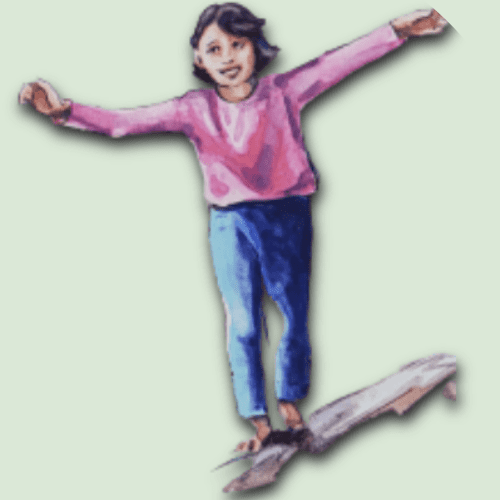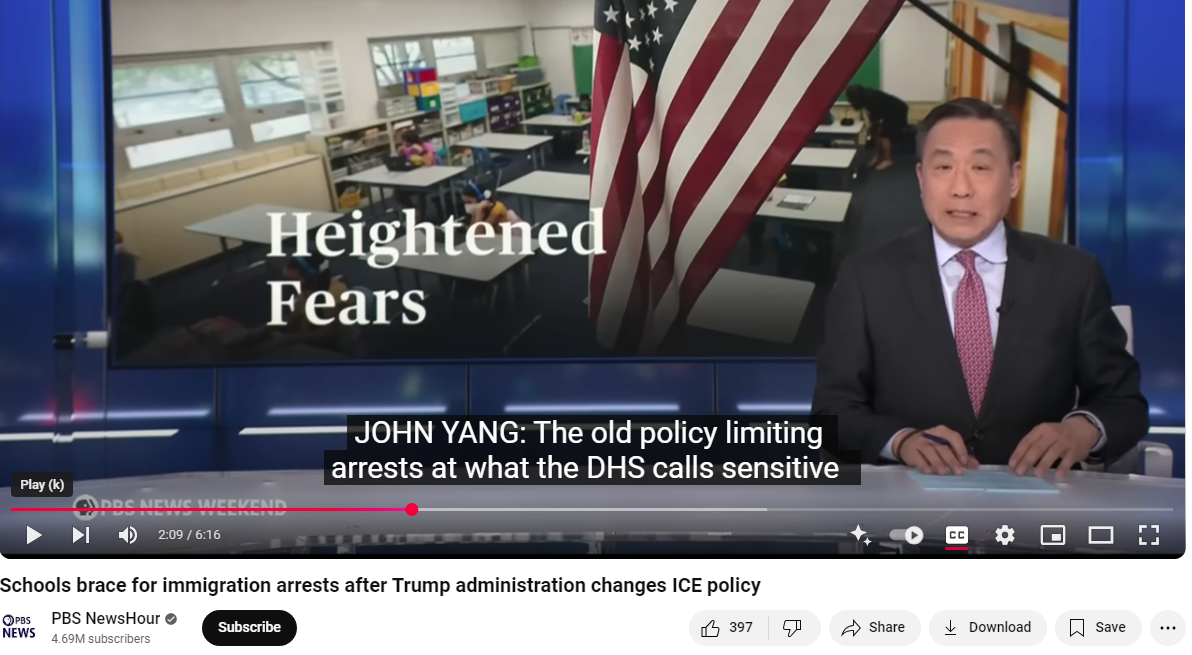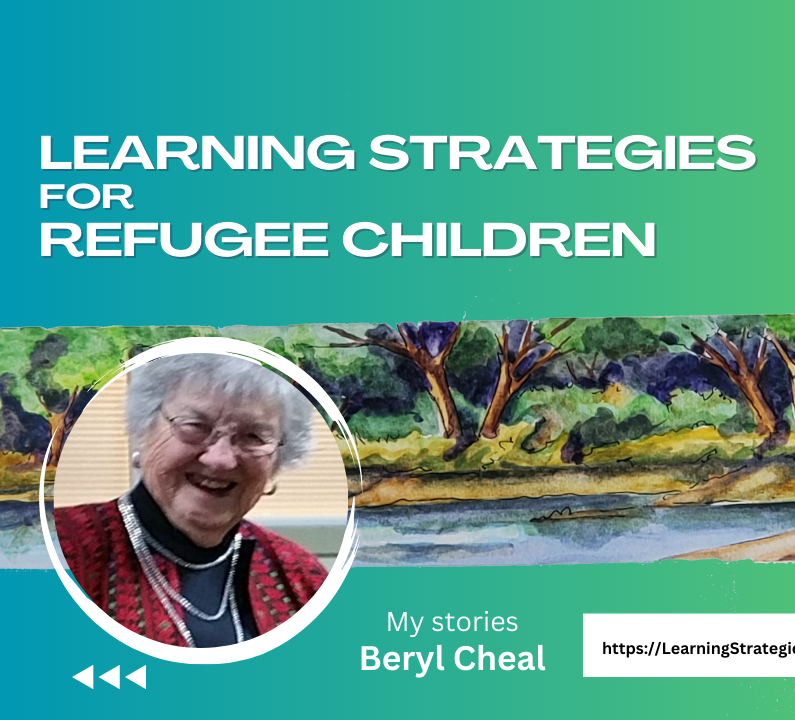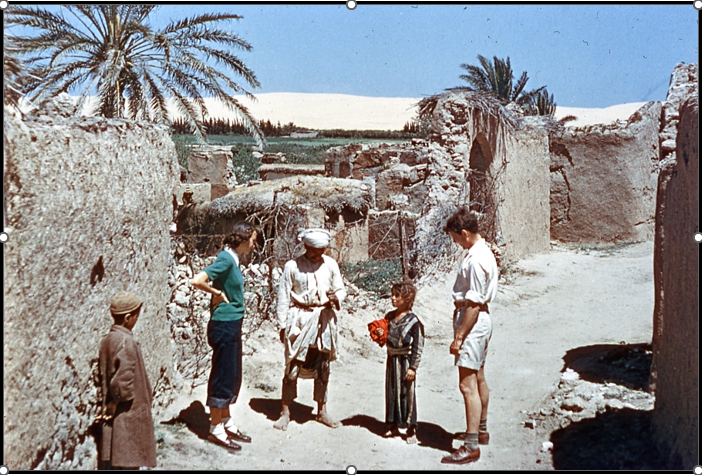This is a personal perspective from my time of service in Gaza through the auspices of the American Friends Service Committee. The descriptions of the photos presented in the slides are combinations of my discussions with Betsy Coulson who took the photos and a personal perspective from my time of service in Gaza through the auspices of the American Friends Service Committee.
Few narratives will encompass the complexity, pain, and historical significance of the conflict between Gaza and Israel as the one surrounding my connection to it. My profound interest is deeply rooted in living and working in Gaza for 3 years, a M.A. in International Studies, Middle East, personal relationships, intertwined with historical events that tie me to the region in a very intimate manner.
In 1948 it became clear that Palestinians who had fled to the Gaza area during the fighting leading to the establishment of the State of Israel had no other place to be safe so had to continue to shelter in the Gaza Strip. To be sure they were ready to ‘go home’ whenever it would be possible, they had their house keys with them.
Because of the growing humanitarian need, the United Nations asked the Religious Society of Friends (Quakers) to provide safety and humanitarian services to all those who were becoming refugees as a result of the violence.
Since the Quakers had received the Nobel Peace Prize in 1947 by assisting with the needs of Jewish people to escape violence and persecution in Europe during the World War II era, the UN asked the Quakers to give assistance to all Palestinians who ware becoming refugees as a result of the present conflict.
The Quakers, being a very small organization, responded by offering to provide safety and humanitarian assistance to those in Gaza but felt they did not have the capacity to assist other refugees in the region.
As a result, the American Friends Service Committee (AFSC), the social service arm of the Quakers, provided humanitarian aid to refugees on the Gaza Strip from 1948 to 1950.

The History
In 1948 it became clear that Palestinians who had fled to the Gaza area during the fighting leading to the establishment of the State of Israel were planning to continue to shelter in the Gaza Strip.
Because of the growing humanitarian need, the United Nations asked the Religious Society of Friends (Quakers) to provide safety and humanitarian services to all those who were becoming refugees as a result of the conflict.
Since the Quakers had received the Nobel Peace Prize in 1947 by assisting with the needs of Jewish people to escape violence and persecution in Europe during the World War II era, the UN asked the Quakers to give assistance to all Palestinians who ware becoming refugees as a result of the present conflict.
The Quakers, being a very small organization, responded by offering to provide safety and humanitarian assistance to those in Gaza but felt they did not have the capacity to assist other refugees in the region.
As a result, the American Friends Service Committee (AFSC), the social service arm of the Quakers, provided services and other assistance to refugees on the Gaza Strip from 1948 to 1950.
Research Paper:
https://www.researchgate.net/publication/249978298_Refugees_in_the_Gaza_Strip_December_1948May_1950
A Photo Documentation
Gaza 1948 – 1950 PowerPoint presentation
Videos of slides with Beryl’s narration on her YouTube Channel.
Please subscribe while you are there!
These photos show the various activities AFSC instituted at the time. They were taken between 1948 and 1950 by Betsy Colson and some of her volunteer colleagues as they carried out the tasks needed to accomplish their goal of providing humanitarian aid to those who had fled to Gaza. Over 200,000 people arrived from some 144 cities, towns and villages looking for a safe haven. Only some 114 women and children were allowed to return home.
The photos are used here with special permission.
Betsy was a nurse, working with one of the AFSC volunteer teams during that time. I met Betsy and we became good friends after I found her living in Seattle many years after completion of her service.
Since I had lived and worked in Gaza from 1980 to 1982 and then again in 1985 – 1986, I was very interested in talking with her about her experiences – even though it had been a long time since her volunteer work had been completed. We talked a lot about her experiences during that crucial time. She kindly gave me these photos.
I present them to you here for your enrichment.



